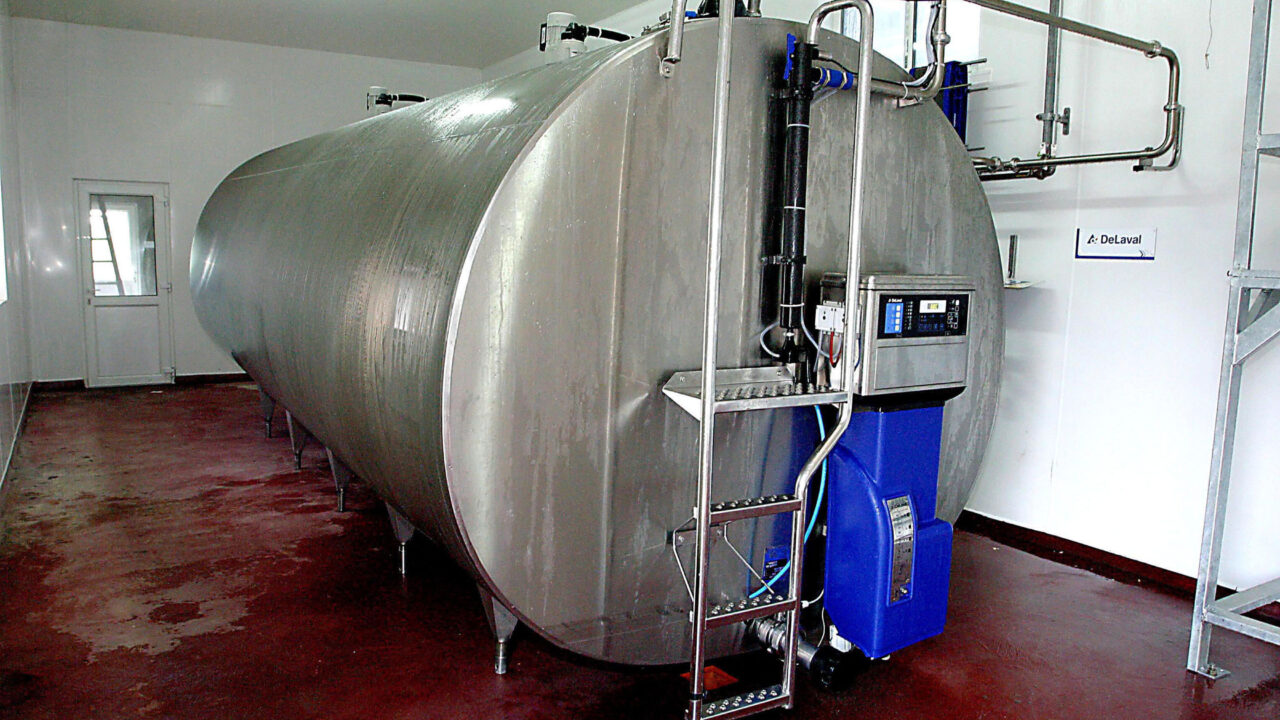By the end of this year, all chlorine-based detergents are set to be removed from both farms and milk processing sites.
This comes after food safety concerns around chlorine residues – such as trichloromethane (TCM) and chlorate – meaning it is increasingly difficult to hit the required dairy product specifications, when chlorine-based products are used to wash milking equipment at farm level and at milk processing sites.
To start your chlorine-free journey, Ornua is suggesting that farmers first change to a chlorine-free wash routine for their bulk tank(s).
According to Teagasc, switching to chlorine free requires more than just changing the product being used.
- Ensure an adequate supply of hot water is available. Farmers may need to refer to their bulk tank service engineer to establish the correct quantity of hot water required;
- Get the bulk tank service technician to calibrate the washer and flush out the intake pipes before switching products;
- If using a manual washing system for your bulk tank, make sure to use the correct amount as directed by the product manufacturer guidelines. Dedicated measuring equipment for this purpose should ensure that the correct volumes are used – do not use more than directed;
- If you decide to change the product you are using for washing, make sure to adjust the settings if required to ensure the correct concentration is being used. This, it said, is important as milk quality may suffer if you are not using enough, and your pocket may suffer if you are using too much.
When using non-chlorine products in your machine wash routine, more hot water will have to be used, more caustic-based powders, more hot acid washes and no more recycling of the product.
Peracetic acid can also be used in an additional rinse as an alternative disinfectant to chlorine, if needs be.
